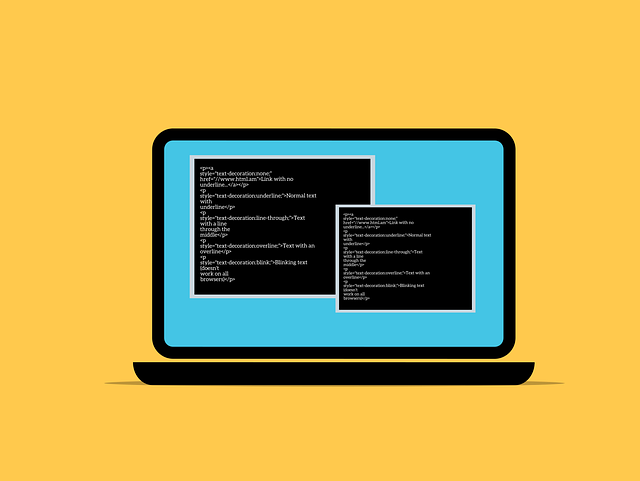Scope 3 emissions represent the indirect greenhouse gas (GHG) emissions that occur across a company’s entire value chain, both upstream and downstream. Unlike Scope 1 and Scope 2 emissions, which are directly owned or controlled by a company, Scope 3 emissions encompass a broad range of activities and sources. These emissions can account for the majority of a company’s total carbon footprint, making their measurement and management crucial for comprehensive sustainability efforts.
How Businesses Meet The Regulations?
To effectively manage Scope 3 emissions, businesses must employ a variety of strategies:
- Engage with Suppliers: Collaborate with suppliers to gather primary data on emissions from purchased goods and services.
- Conduct Life Cycle Assessments (LCA): Perform LCAs to understand the full environmental impact of products from cradle to grave.
- Utilize Emission Factors: Apply industry-standard emission factors for activities where primary data is unavailable.
- Implement Sustainability Software: Use advanced sustainability software to streamline data collection, analysis, and reporting.
The Role of Sustainability Software in Increasing Efficiency
Sustainability software can significantly enhance a company’s ability to manage Scope 3 emissions by providing tools for data collection, scenario modeling, target setting, and reporting. Here’s how:
1. Collecting Scope 3 Data:
- Supplier Integration: The software can interface with selected suppliers to collect their primary data on Scope 3 emissions.
- Third-Party Data Import: The software can import supplier data directly from third-party platforms, ensuring comprehensive data aggregation.
- Data Formats: Sustainability software like Hydrus can integrate with third-party systems, importing data in JSON format through its REST API. Custom solutions can support other formats, such as XML and CSV, and data can also be imported from Excel workbooks.
2. Modeling Different Scope 3 Scenarios:
- Scenario Analysis: Advanced software allows businesses to model different Scope 3 scenarios and compare them with baseline data for selected categories or all categories. This helps in understanding the potential impact of various strategies and making informed decisions.
3. Scalability and Target Setting:
- Product Carbon Footprint (PCF) and LCA: The software can scale to include Scope 3 target setting, including PCF and LCA for specific supplier categories. This scalability ensures that companies can expand their sustainability efforts as their needs grow.
- Cost of Scalability: The cost to scale the program to include advanced Scope 3 functionalities depends on the specific requirements and the extent of customization needed. Hydrus offers flexible pricing plans to accommodate different business needs and budgets.
4. Cost Efficiency:
- Additional Modules and Costs: The platform includes built-in capabilities to collect Scope 3 data. However, additional modules may be required for specific functionalities, such as primary data uploads and calculations for each category. The cost of incorporating Scope 3 data varies based on the scope and complexity of the required modules.
- Overall Cost Savings: By automating data collection and analysis, sustainability software reduces the time and resources required for managing Scope 3 emissions, resulting in overall cost savings.
How Hydrus Collects Scope 3 Data?
Hydrus.ai provides a comprehensive solution for managing Scope 3 emissions:
- Scope 3 Dashboard: A real-time Scope 3 dashboard can be configured on the Hydrus platform. The dashboard integrates Scope 3 data entered into Hydrus from spreadsheets, manual inputs, invoices, and third-party platforms, providing a comprehensive overview of emissions.
- Scope 3 Costs: Scope 3 data can be collected as part of the base platform without the need for additional modules. There is no extra cost to incorporate Scope 3 data or set Scope 3 targets for any category.
- Carbon Modeling: The “What-If Analysis” tool in the Hydrus platform allows users to analyze different scenarios and their impact on emissions across all scopes.
- Life Cycle Assessment (LCA): Both product carbon footprint and Life Cycle Assessments are supported on the Hydrus platform.
Conclusion
Managing Scope 3 emissions is essential for comprehensive sustainability reporting and achieving corporate environmental goals. By leveraging advanced sustainability software like Hydrus.ai, businesses can streamline data collection, enhance efficiency, and set ambitious yet achievable targets. Investing in robust software solutions ensures compliance with evolving regulations and positions companies as leaders in sustainability.



